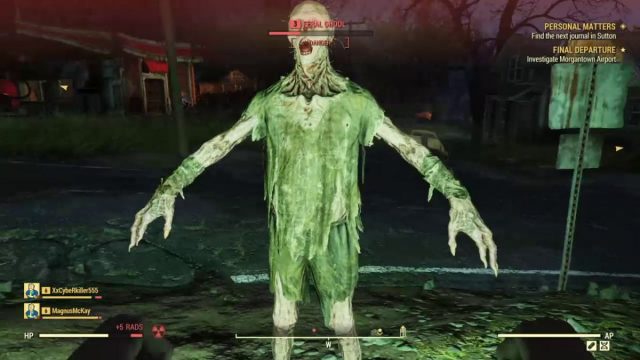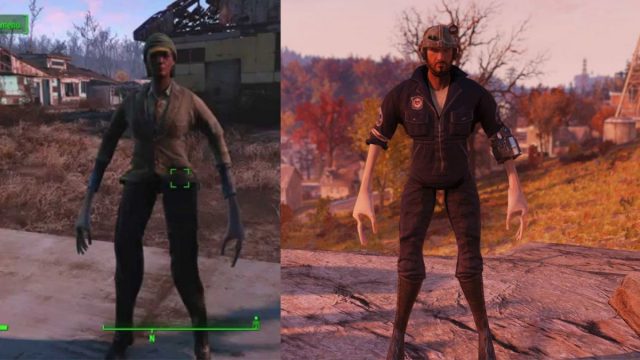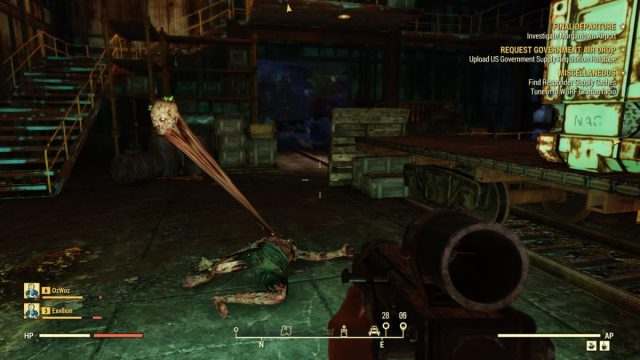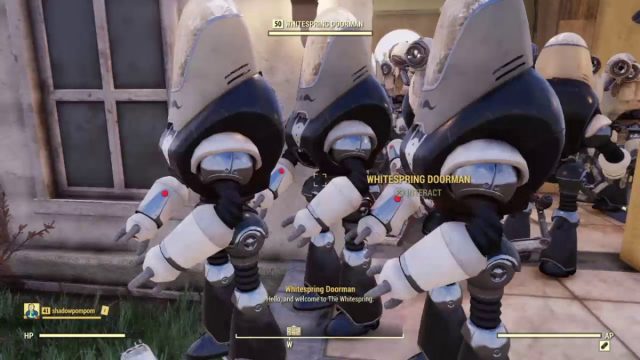It goes without saying that Fallout 76, one of the more highly anticipated games in the fourth quarter of 2018, is DOA.

From bugs, system crashes to design issues, the game has been a disappointment on many levels. Such a poor performing game title also makes gamers wonder – why even bother doing an open beta in the first place – or “Break-it Early Test Application” (B.E.T.A.) as it was so lovingly called in this case – if you’re not planning to make any substantial change to it?
Exclusive only to people who preordered the game, the beta was made playable on 23 October, around 3 weeks before the actual launch on 14 November. 4 hours server-wide was allocated for the beta test itself, where players had access to the full game, and Bethesda would collate any data that was passively sent to them via the players’ interactions with the game. You’d think that a company like Bethesda would’ve made efforts to polish any, if not all, of the issues that the B.E.T.A. players presented to them, and release a proper, fully-functioning product upon release.
But that wasn’t the case.
Bugs upon bugs were unearthed as many players, to their horror, watched as their screens filled with a heap of them; static ghoul models creepily hovering about as if they were being moved around like an invisible giant hand moving an action figure would; light rays coming out of the ground; invisible walls; constant crashing; and the list just goes on.
What’s worse is that many of these patches were actually highlighted in the previous title of the series, Fallout 4. What’s alarming is not the fact that Bethesda used the same assets from that game in this one, but rather the fact that they didn’t seem to bother rectifying these earlier bugs that should’ve been looked at and fixed.

When a game decides to open up the beta testing to the public, it normally means that the developer has already gone through multiple stages of testing on their end to ensure that the game is functional and capable of running smoothly at the very least. Open betas are more of a way for them to further polish or iron out chinks here and there as players stretched the game to its mechanical and graphical limits.
Based on this, it becomes painfully obvious that Fallout 76 lacked a proper quality control department, leaving all of the QC to the public, which would’ve been fine had they taken the time to look through the feedback and address them. Instead, what Bethesda focused on was the fact that the B.E.T.A. was available via pre-order and that players would get the full game in its beta state (but clearly more emphasis on the full game) and essentially play it till it “breaks”.
It is at this phase, which is when most people are testing the game, that the most number of bugs and other issues should have been identified and addressed by the developers. Sadly it all fell on deaf ears, and break it did, but broken it remained upon launch, which naturally would not stand well with gamers who stuck through the beta all the way until its release.
Despite a month’s worth of patches, in which Bethesda’s attempt to salvage Fallout 76 had already left a sour taste with many players, the game is still quite broken. For most, it was frustrating to see a game that was generally quite hyped up be presented like a Frankenstein’s Monster by its release date.
By then, one might ask, what was done during the open beta when nothing was going to be done with it? Are open betas now merely an alias for early access? Are the days when open betas were taken seriously long gone?

Thankfully, not all games this year did as poorly as Fallout 76 did for their open betas. Monster Hunter World (MHW), for instance, handled their beta testing remarkably well, opening it up to players in two separate occasions, two demo periods in December 2017, and a final beta period over a week from release in January 2018.
Only a fraction of the game was made accessible then, with just the training area and the 14 hunter weapons in it, including 3 simple hunting quests. And what Capcom released eventually was a well-polished and fully functional game. No preorder-shaped frills. Just simple beta testing.
Even the much-maligned Tom Clancy’s The Division had a decent open beta run in 2015, with Ubisoft posting the major issues and problems that testers encountered, fixing most of them with the day one patch. There are similarities in these games to Fallout 76 if one were to have a closer look at them; always online (well, mostly online for MHW); server-based gameplay; interchangeable single-player and multiplayer; and so on.
If a big company like Capcom could so smoothly do a beta test for a game that has similar functions, surely Bethesda could’ve done the same, and perhaps Fallout 76 might’ve ended up in a better state than it currently is.

In the day of the day one patch and the day one DLC, there seems to be an increasing air of complacency amongst the larger video game developers (not all, thankfully). It’s understandable that in an industry that has become increasingly demanding on game release schedules and tighter production timelines, that even big developers like Bethesda would feel the crunch and be pressured to hurry out a game by a certain date.
However, the fact that they are a big developer means they have more than enough license to push their game back just to do more tweaking and testing. You could beautify the prospect of a beta test and make it meaningful and productive at the same time, not just coyly make it an early access release but paint the letters “B.E.T.A.” haphazardly all over it.
Taking some time to let the game simmer a bit by taking player feedback seriously in order to ensure that its quality is of the highest level is never a bad thing. Making the beta test a large part of the marketing strategy (despite the many, many trailers, collectors’ editions, and whatnot there already are) but not deliver on its quality control is.
On the slightly more optimistic side of things, Bethesda has been in contact with players of the MMO-style game and reportedly has been working hard on fixing numerous things over the next few weeks and months. Will their efforts be genuine in attempt to make this game good, or even proper at least, again? As was the case with The Division, we gamers love a good redemption story, and are generally very forgiving so long as the developer delivers on their promise.
Or maybe, we’re still in a beta version of the game, without being told.
Marion has a serious RPG addiction. Sometimes it bleeds into real life; he forgets to sleep because he thinks he has a Witcher’s body clock. Forgive him in advance if he suddenly blurts out terms such as “Mind Flayer” and “Magic Missile”, because never once does he stop thinking about his next Dungeons & Dragons game.













